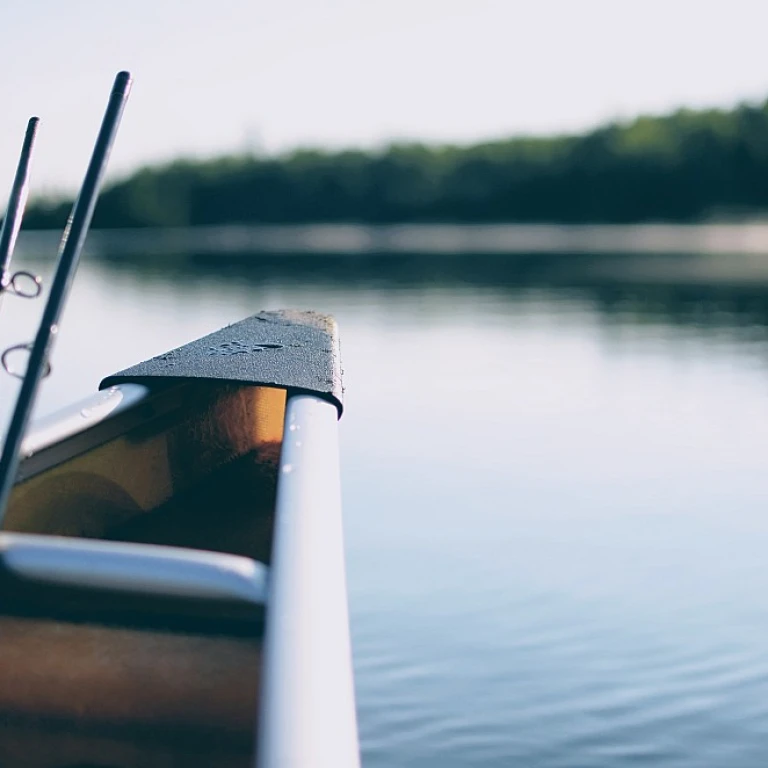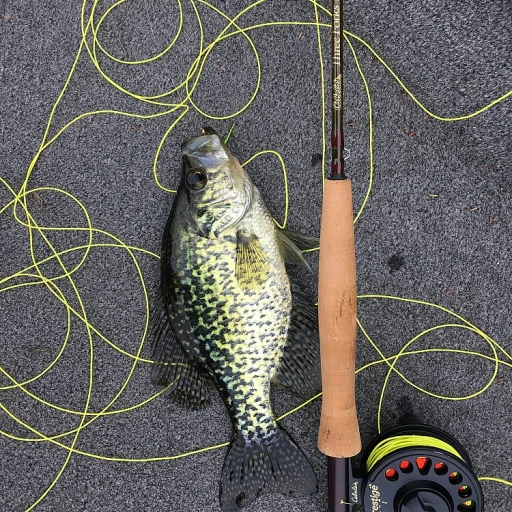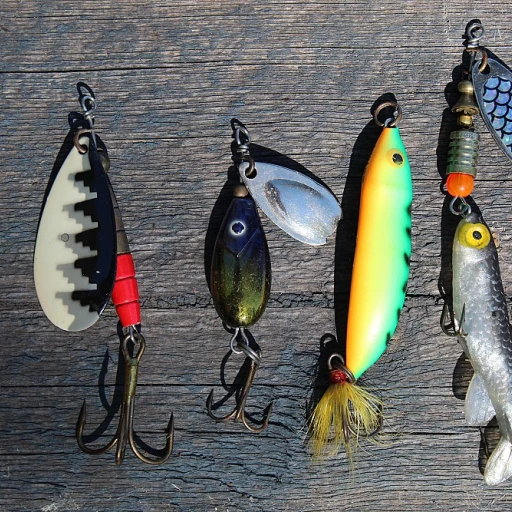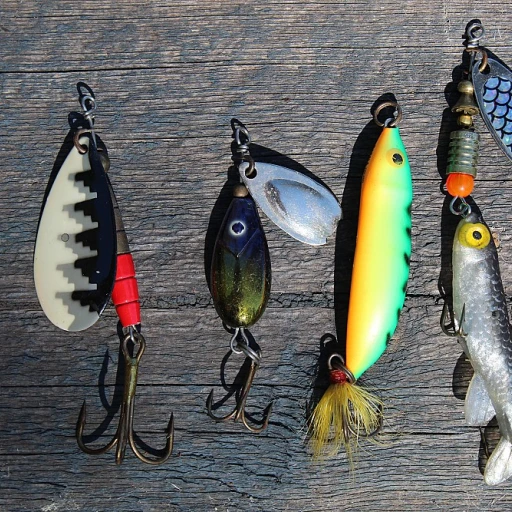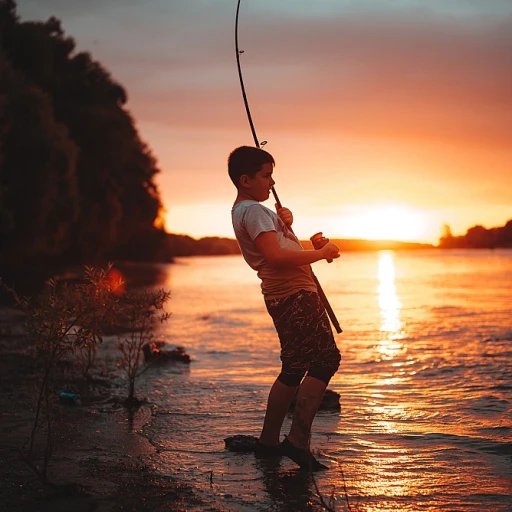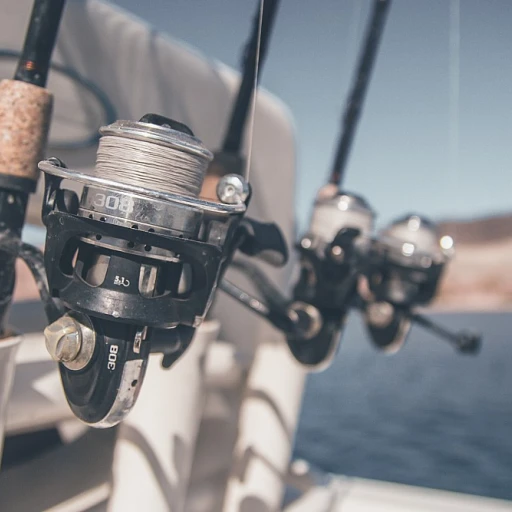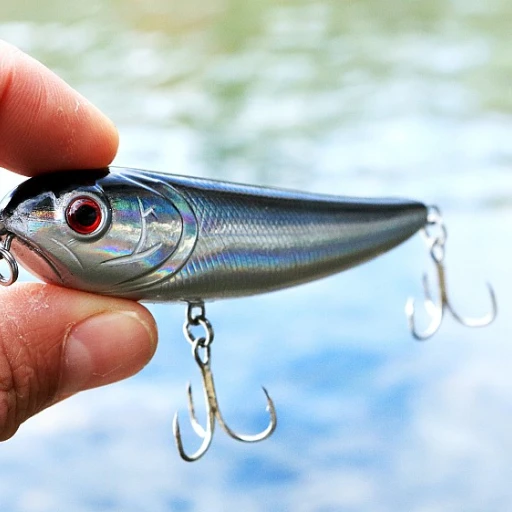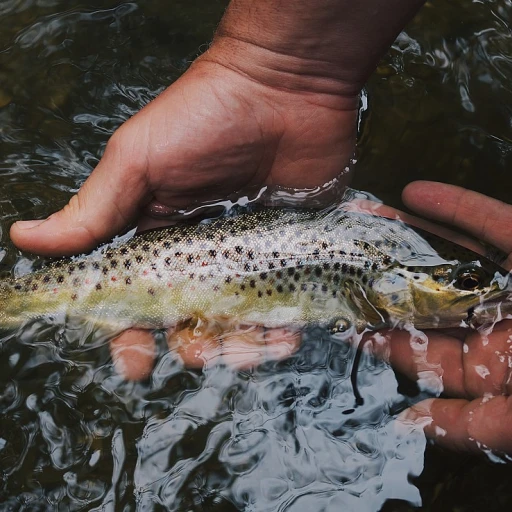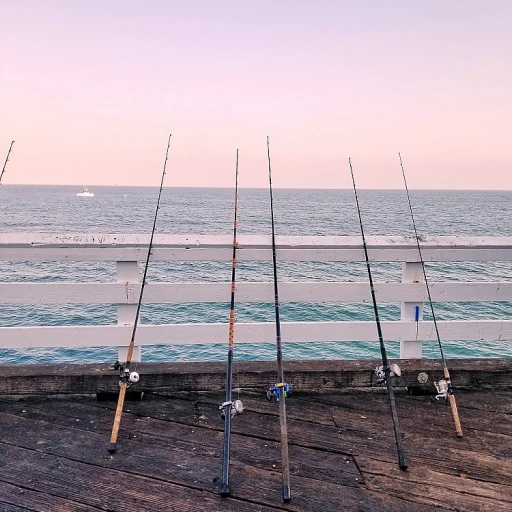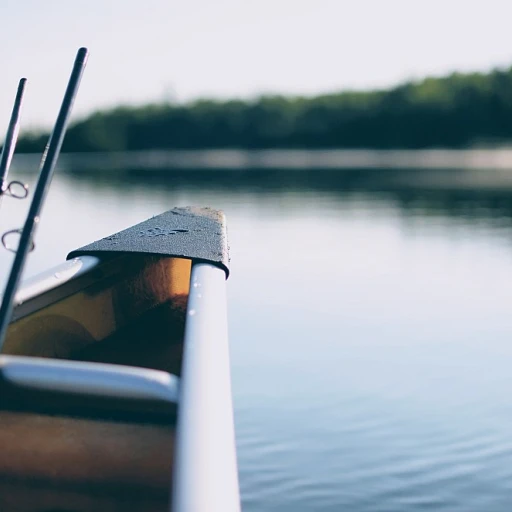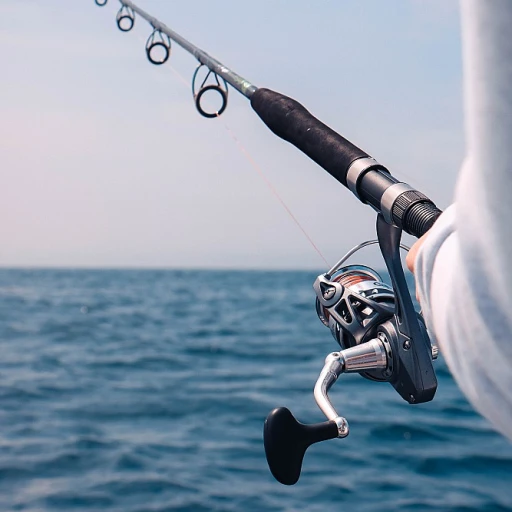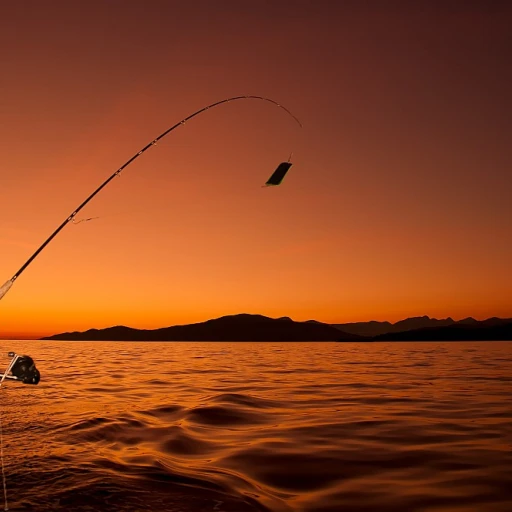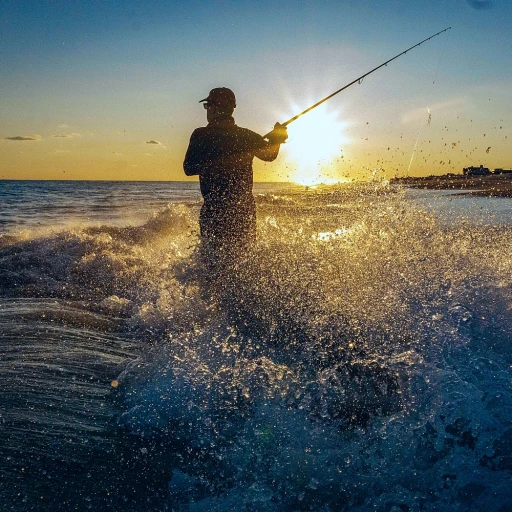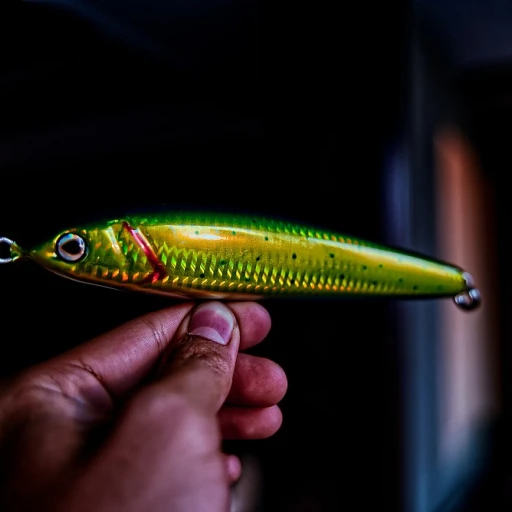
Understanding the Basics: Bass vs Trout
Different Habitats, Different Experiences
Understanding the differences between bass and trout is fundamental for anglers seeking out either species. Bass, particularly largemouth and smallmouth bass, tend to inhabit warm waters, often found in lakes, ponds, and rivers. Trout, including species such as rainbow and brown trout, prefer cooler and clearer streams and lakes. The chosen environment will greatly influence your fishing experience, determining the type of gear you'll bring and the techniques you'll employ.
Behavioral Traits and Feeding Patterns
Bass are notorious for their aggressive feeding habits. They've been known to strike at a wide variety of lures, from crankbaits to spinnerbaits, making bass fishing an adrenaline-pumping endeavor. On the other hand, trout are more selective eaters, often requiring a more nuanced approach. Mastering fly fishing techniques can be advantageous when targeting trout, who may be enticed by lifelike nymphs and dry flies that mimic natural prey.
Understanding the Role of Equipment
Each fish requires specific equipment tailored to their unique fishing environments and behaviors. For bass fishing, a sturdy rod paired with heavier lines and larger lures is ideal to manage their aggressive strikes and potential size. Conversely, trout fishing often demands a more delicate touch. Light spinning or ultra-light gear with a fly rod can be crucial for successfully landing trout, as well as specialized trout lures.
Gear Up: Essential Equipment for Each Type
Gearing Up for Bass and Trout Fishing Adventures
When diving into the world of fishing, the right equipment can make all the difference in your angling success. From catching smallmouth bass to the elusive trout, each species requires specific gear tailored to their habitat and behavior. First, let's focus on gear for bass fishing. Bass, particularly largemouth and smallmouth, are known for their feisty nature, so you'll want a robust setup to reel them in. A medium-heavy to heavy action rod paired with a reliable baitcasting reel is ideal. This setup gives bass anglers the strength and control needed to handle the fight these fish put up. Bass fishing lures such as crankbaits, jigs, and spinnerbaits are excellent choices to attract bass; they mimic the movement of prey in the water. In contrast, trout fishing demands a gentler touch. Light spinning gear or an ultralight setup is preferred due to the trout's often smaller size and more refined feeding habits. A 6 to 7-foot light spinning rod paired with a quality reel spooled with light line will provide the sensitivity and control necessary to detect subtle bites from trout. For those venturing into fly fishing, a fly rod is indispensable, with #5 or #6 weight rods commonly used for trout due to their versatility in various waters. Trout lures such as spoons and spinners, as well as soft baits, can also be effective, though many anglers opt for flies. As with any endeavor, selecting the best gear set for your target species will greatly enhance your chances of a fruitful fishing experience. To learn more about choosing the right fly for your specific situation, explore the comprehensive guide to fly fishing flies which offers insights into effective patterns and selections tailored for different conditions and fish behavior. Equipping yourself with the right rod, reel, and lures not only sets you up for success but also allows for a more enjoyable and rewarding fishing journey. Whether you're out on a serene lake looking for the big catch or wading through a river in search of a lively trout, the appropriate gear is your gateway to mastering the waters.Techniques and Strategies: Mastering the Waters
Techniques to Hook the Catch
When it comes to perfecting your art in recreational fishing, techniques and strategies play a vital role in determining success on the water. Let's delve into some expert tips for fishing both bass and trout that will help you master the waters, regardless of the species you're targeting. For bass fishing, particularly largemouth and smallmouth bass, lures are your best friend. Opt for crankbaits, spinnerbaits, and soft plastics that emulate the natural prey these big fish eat. Adjust your retrieval speed based on water temperatures; warmer water often means a faster retrieve will entice a bite. Bass anglers might also benefit from focusing on structures like weeds, underwater logs, and rocks where bass naturally hide. In trout fishing, finesse is key. Fly fishing enthusiasts will appreciate the challenge and reward of presenting the right fly – a skill that involves matching the hatch and selecting flies according to the insect activity on the water surface. For those using a fly rod, casting accuracy can make the difference in enticing a wary trout. You can explore more on mastering the art of using caddis nymph flies to increase your success.Adapting to Conditions
A significant aspect of fishing is understanding and adapting to water conditions. For bass, wind and cloud coverage can be advantageous as they encourage bass to roam more freely and abandon their cover. This is your opportunity to cover more water. On the other hand, trout anglers need to be aware that trout will prefer cooler and clearer waters. Look for streams, rivers, or cold lakes, and cast your light spinning lures or trout lures near rocky pools.Timing Your Cast
Timing is crucial when it comes to bass or trout fishing. Early morning and late afternoon are typically the prime times for bass will be more active, taking advantage of the abundance of food in the water. For catching trout, capitalize on the early morning hours when they are more likely to surface feed. Seasonal considerations and understanding the habitat of your target fish will also play a pivotal role in your choices. Consider the optimal fuel efficiency for your pontoon boat to better navigate between fishing spots and increase your chances of catching fish. In summary, whether casting your ultra-light gear for a smallmouth bass or delicately offering a fly to a bright-eyed trout, mastering the right techniques and strategies is fundamental for a rewarding fishing experience. As you become more attuned to the behaviors of each species, your ability to adapt and overcome challenges will set the stage for many successful fishing adventures.Seasonal Considerations: When to Fish for Bass and Trout
Timely Catch: How Seasons Influence Your Success
The rhythm of nature significantly influences fishing seasons, dictating when bass and trout will be most active. For those aiming to catch sizeable largemouth bass, the best time is during the pre-spawning period in the spring when these fish are closer to the shore. As the water warms, largemouths thrive in the growing abundance of food, making them more eager to take a bite at well-presented lures. On the contrary, if you're targeting smallmouth bass, the summer months offer prime conditions due to their preference for cooler water temperatures. They can often be found in deeper channels of lakes and rivers during this time.
Turning to trout fishing, spring and early fall are remarkable times to engage with these species. As water temperatures remain cool, trout are active and can be found feeding near the lakes' surface. Fly fishing during these seasons further elevates the chances of an excellent catch. Anglers often prefer ultra light spinning gear or a fly rod to handle the lighter, more sensitive trout species, capitalizing on their tendencies to find food sources with relative ease.
Geographic location also plays a part in seasonal availability. In some regions, open water season extends throughout winter for trout, where ice fishing can be viable. In these areas, a consistent supply of oxygen in the water prevents fish from becoming dormant, keeping opportunities to catch trout abundant even during cold months. Understanding these seasonal behavioral shifts not only optimizes your fishing efforts but also ensures preparedness in terms of gear and technique. As every season provides unique fishing opportunities, aligning your strategies with nature's calendar is key to reaping the biggest rewards.

